An asynchronous and self-adaptive flyer can adjust the frequency and amplitude of its wings under specific external disturbances.
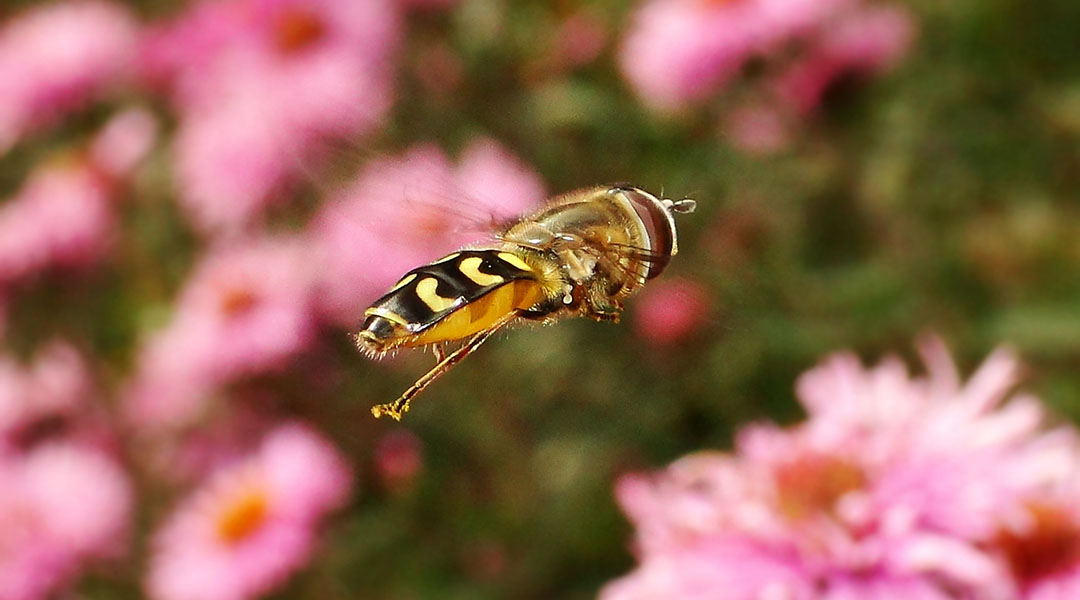

An asynchronous and self-adaptive flyer can adjust the frequency and amplitude of its wings under specific external disturbances.
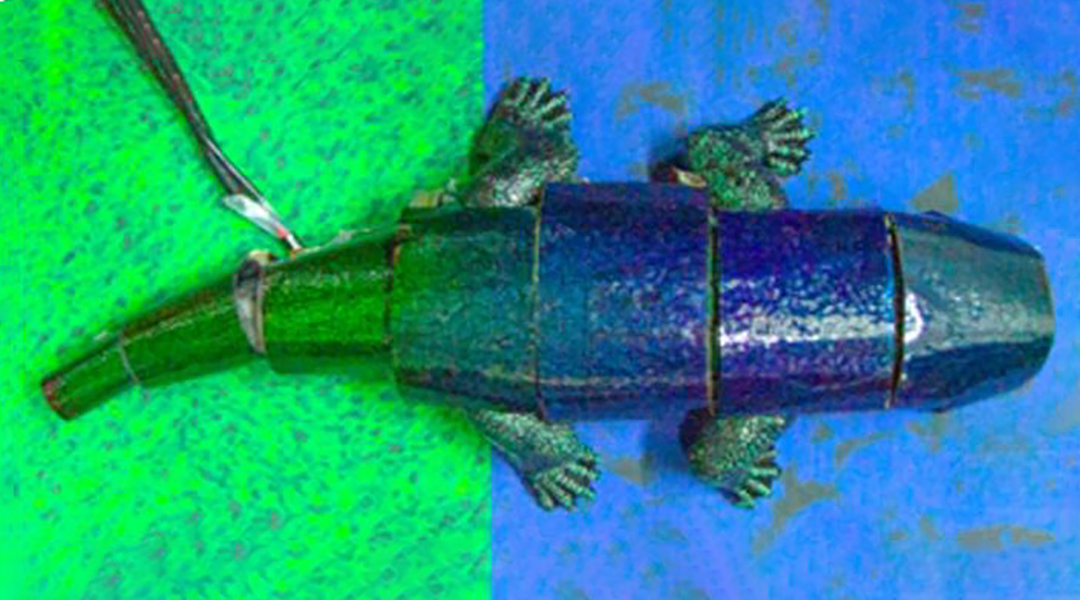
Using advanced sensors and a thermally responsive skin, a new robotic chameleon demonstrates mastery over color.
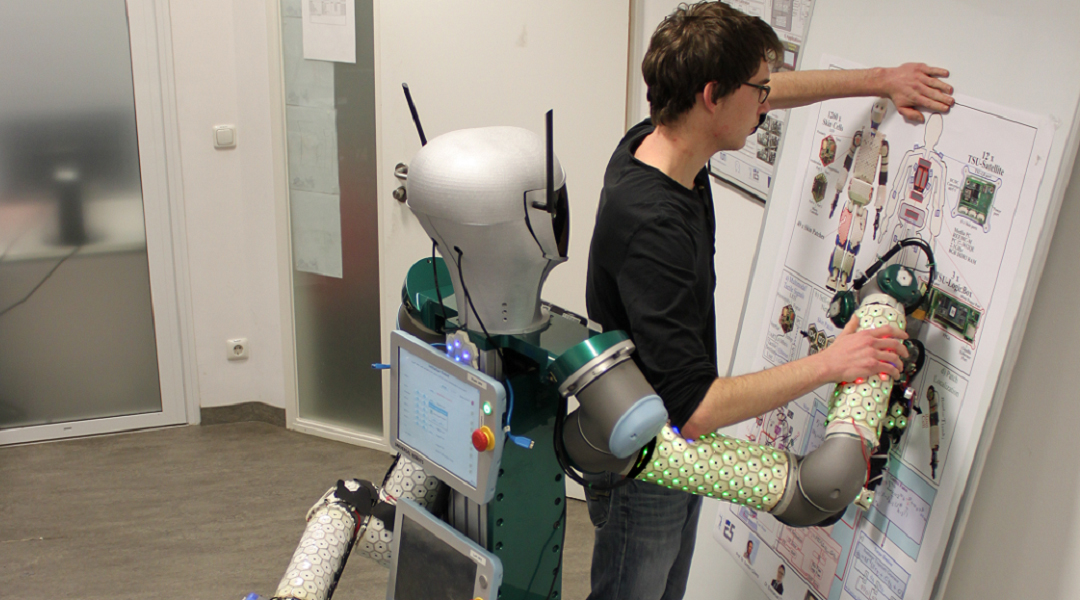
An electronic skin helps facilitate natural interactions between robots and humans.
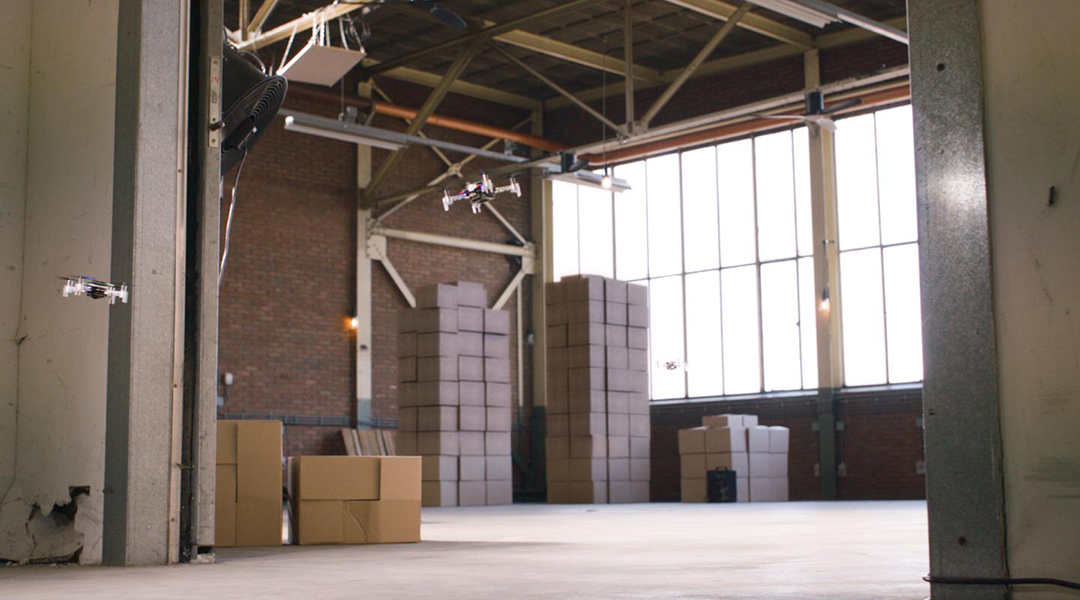
Using modified “CrazyFlie” drones, researchers develop a strategy for finding gas leaks more efficiently and without risk to human lives.

A fabric-based haptic sleeve controls drone flight through arm movement and helps train users by applying corrective forces to body joints.
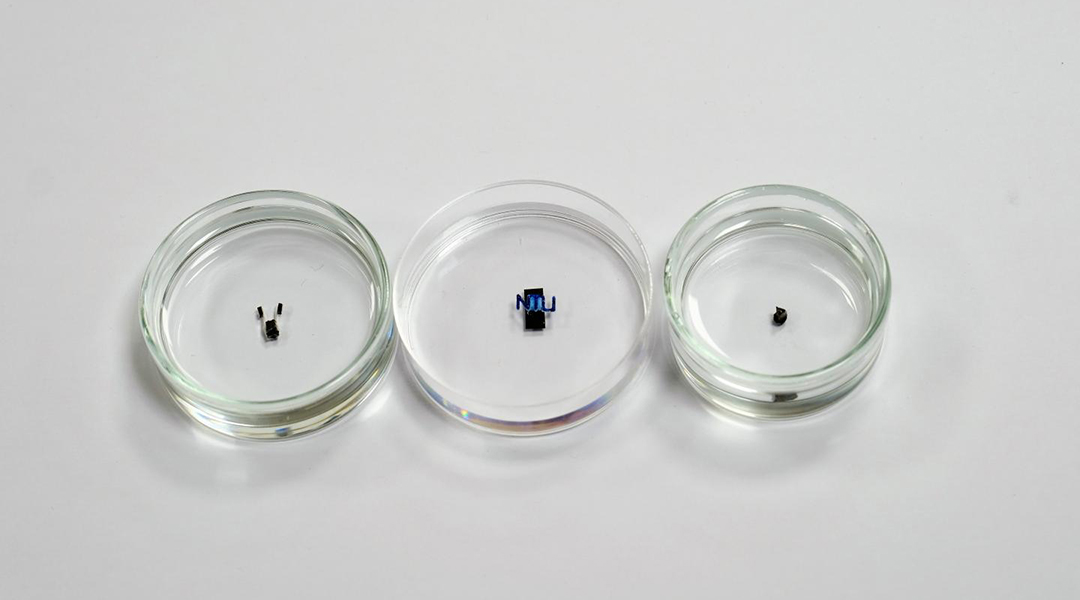
Researchers create swimming, moving, gripping miniature robots.

Researchers teach robots to make appropriate reactive human facial expressions, an ability that could build trust between humans and their robotic co-workers and care-givers.

A new material helps robots analyze and navigate their environments by scanning codes invisible to the human eye.

Asteroids are always pelting Earth, but what happens if the big one comes along? The European Space Agency’s new asteroid telescope is coming to the rescue.

The “metal-eating” robot can follow a metal path without using a computer or needing a battery.